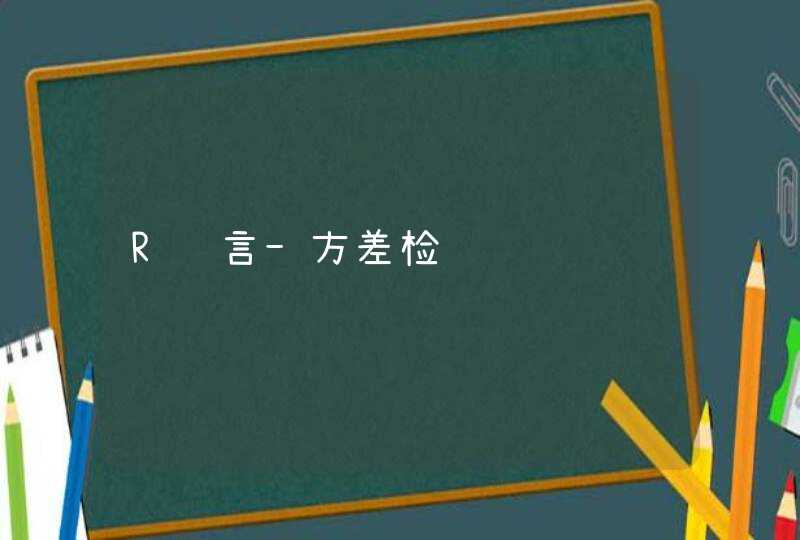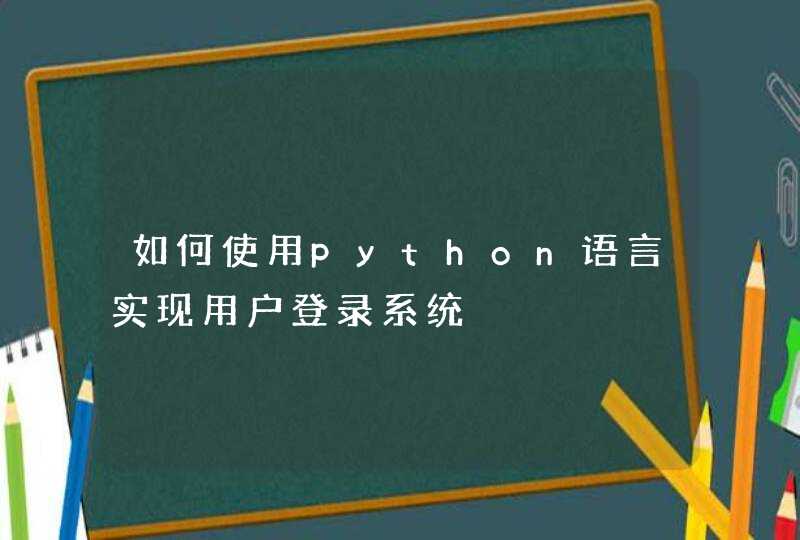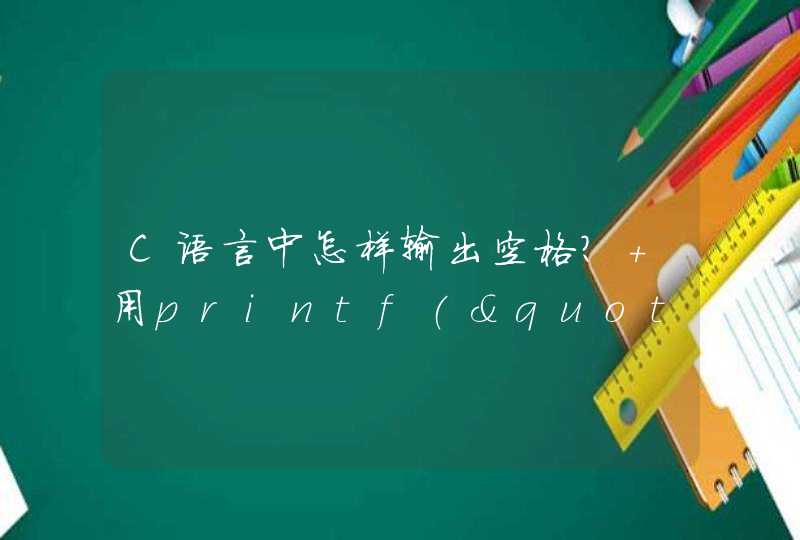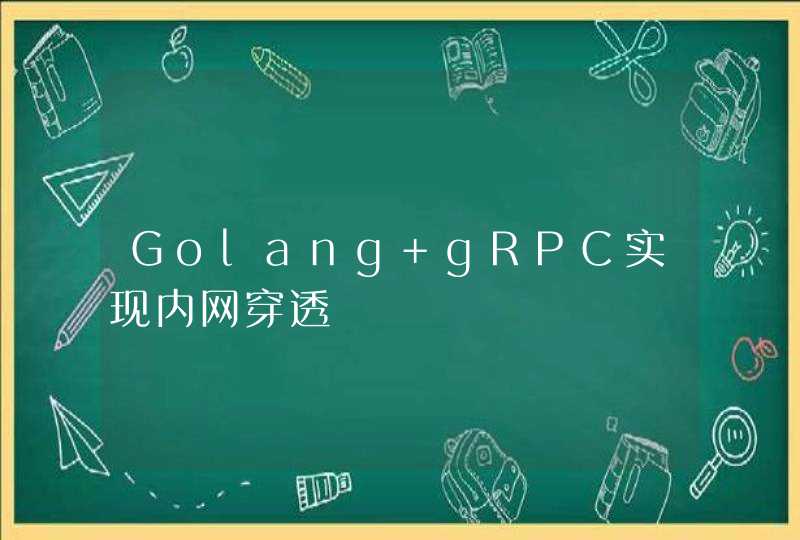
'''
计算某个特征每种属性值的卡方统计量
params:
sampleSet: 样本集
feature: 目标特征
target: 目标Y值 (0或1) Y值为二分类变量
return:
卡方统计量dataframe
feature: 特征名称
act_target_cnt: 实际坏样本数
expected_target_cnt:期望坏样本数
chi_square:卡方统计量
'''
# 计算样本期望频率
target_cnt = sampleSet[target].sum()
sample_cnt = len(sampleSet[target])
expected_ratio = target_cnt * 1.0/sample_cnt
# 对变量按属性值从大到小排序
df = sampleSet[[feature, target]]
col_value = list(set(df[feature]))
# 计算每一个属性值对应的卡方统计量等信息
chi_list = []target_list = []expected_target_list = []
for value in col_value:
df_target_cnt = df.loc[df[feature] == value, target].sum()
df_cnt = len(df.loc[df[feature] == value, target])
expected_target_cnt = df_cnt * expected_ratio
chi_square = (df_target_cnt - expected_target_cnt)**2 / expected_target_cnt
chi_list.append(chi_square)
target_list.append(df_target_cnt)
expected_target_list.append(expected_target_cnt)
# 结果输出到dataframe, 对应字段为特征属性值, 卡方统计量, 实际坏样本量, 期望坏样本量
chi_stats = pd.DataFrame({feature:col_value, 'chi_square':chi_list,
'act_target_cnt':target_list, 'expected_target_cnt':expected_target_list})
return chi_stats[[feature, 'act_target_cnt', 'expected_target_cnt', 'chi_square']]
def chiMerge_maxInterval(chi_stats, feature, maxInterval=5):
'''
卡方分箱合并--最大区间限制法
params:
chi_stats: 卡方统计量dataframe
feature: 目标特征
maxInterval:最大分箱数阈值
return:
卡方合并结果dataframe, 特征分割split_list
'''
group_cnt = len(chi_stats)
split_list = [chi_stats[feature].min()]
# 如果变量区间超过最大分箱限制,则根据合并原则进行合并
while(group_cnt >maxInterval):
min_index = chi_stats[chi_stats['chi_square']==chi_stats['chi_square'].min()].index.tolist()[0]
# 如果分箱区间在最前,则向下合并
if min_index == 0:
chi_stats = merge_chiSquare(chi_stats, min_index+1, min_index)
# 如果分箱区间在最后,则向上合并
elif min_index == group_cnt-1:
chi_stats = merge_chiSquare(chi_stats, min_index-1, min_index)
# 如果分箱区间在中间,则判断与其相邻的最小卡方的区间,然后进行合并
else:
if chi_stats.loc[min_index-1, 'chi_square'] >chi_stats.loc[min_index+1, 'chi_square']:
chi_stats = merge_chiSquare(chi_stats, min_index, min_index+1)
else:
chi_stats = merge_chiSquare(chi_stats, min_index-1, min_index)
group_cnt = len(chi_stats)
chiMerge_result = chi_stats
split_list.extend(chiMerge_result[feature].tolist())
return chiMerge_result, split_list
def chiMerge_minChiSquare(chi_stats, feature, dfree=4, cf=0.1, maxInterval=5):
'''
卡方分箱合并--卡方阈值法
params:
chi_stats: 卡方统计量dataframe
feature: 目标特征
maxInterval: 最大分箱数阈值, default 5
dfree: 自由度, 最大分箱数-1, default 4
cf: 显著性水平, default 10%
return:
卡方合并结果dataframe, 特征分割split_list
'''
threshold = get_chiSquare_distuibution(dfree, cf)
min_chiSquare = chi_stats['chi_square'].min()
group_cnt = len(chi_stats)
split_list = [chi_stats[feature].min()]
# 如果变量区间的最小卡方值小于阈值,则继续合并直到最小值大于等于阈值
while(min_chiSquare <threshold and group_cnt >maxInterval):
min_index = chi_stats[chi_stats['chi_square']==chi_stats['chi_square'].min()].index.tolist()[0]
# 如果分箱区间在最前,则向下合并
if min_index == 0:
chi_stats = merge_chiSquare(chi_stats, min_index+1, min_index)
# 如果分箱区间在最后,则向上合并
elif min_index == group_cnt-1:
chi_stats = merge_chiSquare(chi_stats, min_index-1, min_index)
# 如果分箱区间在中间,则判断与其相邻的最小卡方的区间,然后进行合并
else:
if chi_stats.loc[min_index-1, 'chi_square'] >chi_stats.loc[min_index+1, 'chi_square']:
chi_stats = merge_chiSquare(chi_stats, min_index, min_index+1)
else:
chi_stats = merge_chiSquare(chi_stats, min_index-1, min_index)
min_chiSquare = chi_stats['chi_square'].min()
group_cnt = len(chi_stats)
chiMerge_result = chi_stats
split_list.extend(chiMerge_result[feature].tolist())
return chiMerge_result, split_list
def get_chiSquare_distuibution(dfree=4, cf=0.1):
'''
根据自由度和置信度得到卡方分布和阈值
params:
dfree: 自由度, 最大分箱数-1, default 4
cf: 显著性水平, default 10%
return:
卡方阈值
'''
percents = [0.95, 0.90, 0.5, 0.1, 0.05, 0.025, 0.01, 0.005]
df = pd.DataFrame(np.array([chi2.isf(percents, df=i) for i in range(1, 30)]))
df.columns = percents
df.index = df.index+1
# 显示小数点后面数字
pd.set_option('precision', 3)
return df.loc[dfree, cf]
def merge_chiSquare(chi_result, index, mergeIndex, a = 'expected_target_cnt',
b = 'act_target_cnt', c = 'chi_square'):
'''
params:
chi_result: 待合并卡方数据集
index: 合并后的序列号
mergeIndex: 需合并的区间序号
a, b, c: 指定合并字段
return:
分箱合并后的卡方dataframe
'''
chi_result.loc[mergeIndex, a] = chi_result.loc[mergeIndex, a] + chi_result.loc[index, a]
chi_result.loc[mergeIndex, b] = chi_result.loc[mergeIndex, b] + chi_result.loc[index, b]
chi_result.loc[mergeIndex, c] = (chi_result.loc[mergeIndex, b] - chi_result.loc[mergeIndex, a])**2 /chi_result.loc[mergeIndex, a]
chi_result = chi_result.drop([index])
chi_result = chi_result.reset_index(drop=True)
return chi_result
for col in bin_col:
chi_stats = calc_chiSquare(exp_f_data_label_dr, col, 'label')
chiMerge_result, split_list = chiMerge_maxInterval(chi_stats, col, maxInterval=5)
print(col, 'feature maybe split like this:', split_list)
2018.08.02
R语言中有smbining可以进行最优分箱,python中分箱如果既要考虑箱体个数,分箱后信息量大小,也要考虑单调性等其他因素。
这里给出一种简单的通过IV值来选择如果分箱的方法。
下面是按照分位数来分的,还可以按照卡房分箱,决策树分箱等。
参照toad(由厚本金融开发的较标准的评分卡开发开源包)的分箱方式。
给定一个数据集waitakere.txt,该数据集中含有大量的噪音数据。具体操作要求:1)该数据集的偶数位均为噪音数据,判断偶数位是否为0,若为0,利用1替换。2)对转换后的数据集进行排序,利用分箱技术来光滑数据。假设有10个桶,实现“用箱均值光滑”、 “用箱中位数光滑”、“用箱边界光滑”三种技术。waitakere.txt:
这只是一部分数据,只是为了示例噪音数据
1 0 3 2 0 3
4 0 1 0 0 0
0 0 0 1 0 0
0 0 0 0 7 0
0 8 9 0 9 0
0 6 0 5 0 3
6 0 7 0 1 0
......
登录后复制
解题思路:首先读入数据到列表里,然后对数据进行排序,将数据划分到10个箱中。对于箱均值光滑,箱中每一个值都被替换为箱中的均值。对于箱中位数光滑,箱中每一个值都被替换为箱中的中位数。对于箱边界光滑,箱中每一个值都被替换为最近的边界值。
以下为python代码实现部分:
import numpy as np
def binning(filename,box_num):
my_list=[]
my_list1=[]
noise_data = open(filename)
for line in noise_data.readlines():
dataline=line.strip()
my_list.append(dataline)
for i in range(0,len(my_list)):
my_list[i]=int(my_list[i])
if (i+1) % 2==0 and my_list[i]==0:
my_list[i]=1
my_list1=sorted(my_list)
#print my_list1
box_list=[]
len_box=int(np.ceil(len(my_list1)/float(box_num)))
for i in range(0,10):
each_box=my_list1[i*len_box:(i+1)*len_box]
box_list.append(each_box)
return box_list
def box_mean_smooth(box_list):
for i in range(0,len(box_list)):
box_avg=int(np.average(box_list[i]))
for j in range(0,len(box_list[i])):
box_list[i][j]=box_avg
return box_list
def box_mid_smooth(box_list):
for i in range(0,len(box_list)):
box_mid=int(np.median(box_list[i]))
for j in range(0,len(box_list[i])):
box_list[i][j]=box_mid
return box_list
def box_boundary_smooth(box_list):
for i in range(0,len(box_list)):
left_bdy=box_list[i][0]
right_bdy=box_list[i][-1]
for j in range(0,len(box_list[i])):
if abs(box_list[i][j]-left_bdy)<abs(box_list[i][j]-right_bdy):
box_list[i][j]=left_bdy
else:
box_list[i][j]=right_bdy
return box_list
filename='waitakere.txt'
box_list=binning(filename,10)
print box_list
print box_mean_smooth(box_list)
print box_mid_smooth(box_list)
print box_boundary_smooth(box_list)
登录后复制
下图为实验结果截图:
由于数据较多,截图只是一部分
python
数据
银川旅游景点攻略,这个地方驴友必去之一!良心推荐
精选推荐
广告
python 等深分箱法(均值平滑技术、边界值平滑技术)
1.3W阅读·6评论·24点赞
2020年12月10日
数据挖掘概念与技术(第三版)课后答案——第三章
2.2W阅读·201评论·119点赞
2020年7月3日
python S-G (Savitzky–Golay filter) 平滑滤波和kalman滤波滤掉噪声实现实例,有可视化结果
357阅读·0评论·0点赞
2022年11月10日
R语言数据挖掘(2) 数据预处理
2292阅读·0评论·1点赞
2017年10月10日
数据认知与数据预处理--数据预处理
348阅读·0评论·0点赞
2022年6月23日
数据挖掘复习
815阅读·0评论·0点赞
2021年12月20日
美人鱼公主参加聚会装扮美人鱼游戏
精选推荐
广告
python 数据、曲线平滑处理
9904阅读·0评论·16点赞
2022年4月21日
数据挖掘如何分箱以及如何对每个箱子中的数据进行平滑处理
2.0W阅读·2评论·38点赞
2019年6月24日
数据挖掘概念与技术(原书第三版)范明 孟小峰译-----第三章课后习题答案
2.6W阅读·13评论·21点赞
2017年5月21日
python 数据可视化 -- 真实数据的噪声平滑处理
2779阅读·0评论·2点赞
2019年2月11日
【6】python生成数据曲线平滑处理——(Savitzky-Golay 滤波器、convolve滑动平均滤波)方法介绍,推荐玩强化学习的小伙伴收藏
2612阅读·2评论·3点赞
2021年8月12日
数据挖掘理论与算法笔记
368阅读·0评论·0点赞
2021年6月10日
《数据挖掘概念与技术》学习笔记-第三章
3957阅读·0评论·6点赞
2020年2月14日
这个神奇的库,可以将数据平滑化并找到异常点
135阅读·0评论·0点赞
2022年6月9日
python数据平滑处理,numpy之数据平滑处理
3253阅读·0评论·0点赞
2021年4月27日
python 数据平滑_数据平滑方法的原理和应用
1394阅读·0评论·0点赞
2020年12月9日
python使曲线变得平滑_如何在Python中平滑数据?
3234阅读·0评论·1点赞
2020年12月4日
numpy模块的使用(二)
257阅读·0评论·2点赞
2020年10月3日
去首页
看看更多热门内容
评论1
扣尼奇哇
赞
写得好





































































